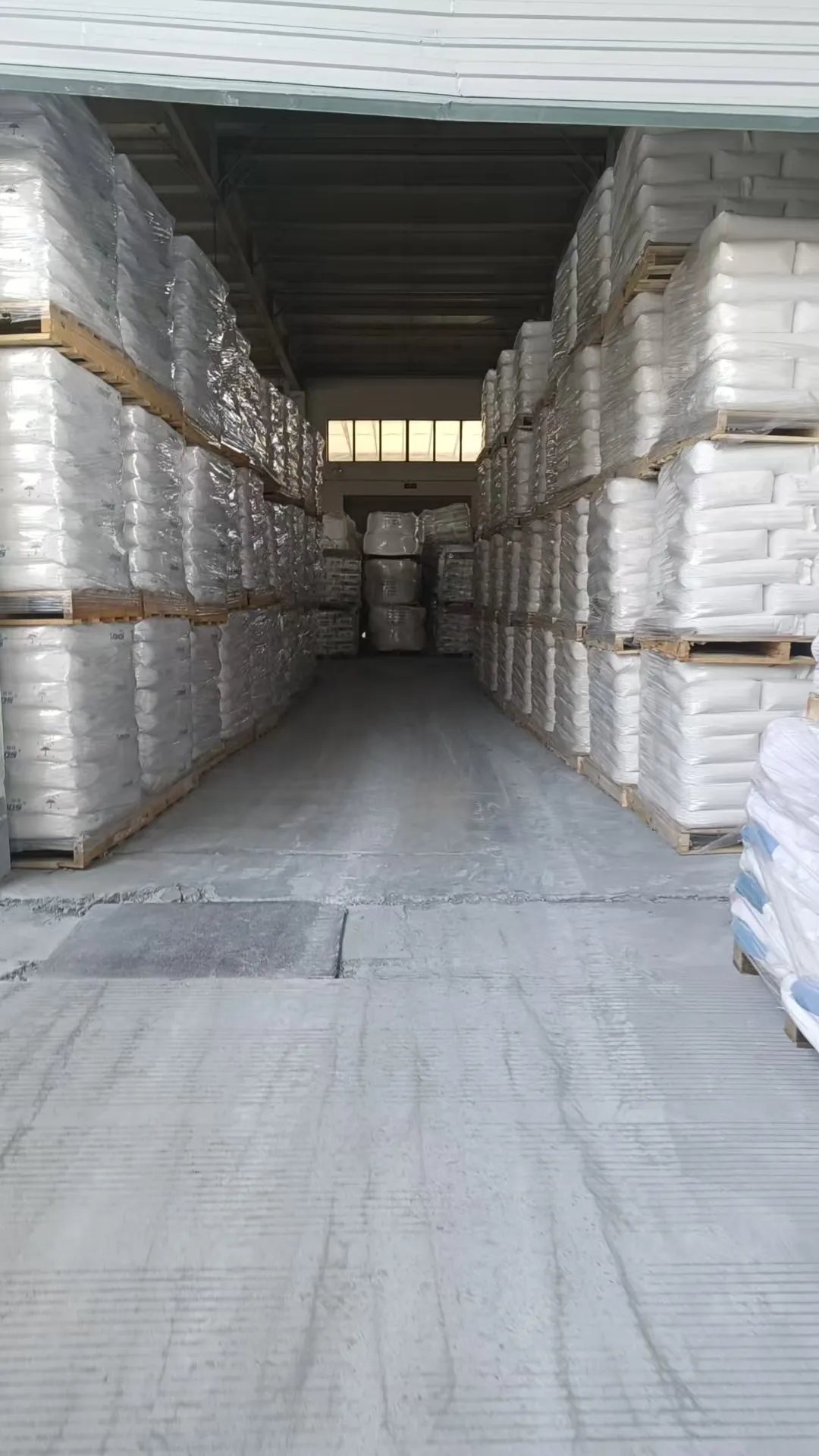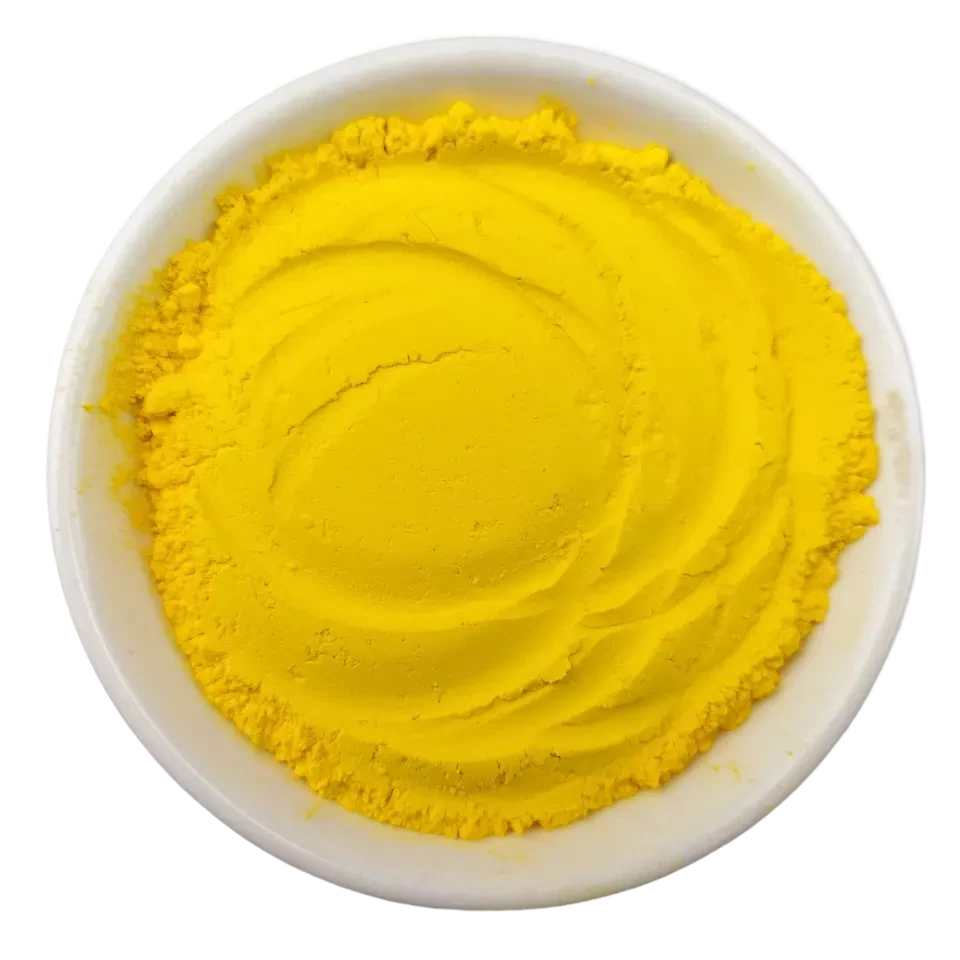
Jul . 07, 2025 07:44 Back to list
High Purity Barium Sulfate Particle Size - Wholesale Manufacturer from China
- Introduction to barium sulfate particle size
: Definitions and industrial significance - Technical attributes and the importance of particle size in barium sulfate
- Comparative analysis of leading barium sulfate particle size manufacturers
- Customization options available for barium sulfate particle size
- Market statistics and wholesale trends
- Case studies demonstrating application in different industries
- Conclusion: China’s dominant role in the barium sulfate particle size market and future outlook

(barium sulfate particle size)
Deep Dive into Barium Sulfate Particle Size and Industry Impact
Barium sulfate particle size plays a pivotal role across multiple industrial domains, dictating product efficacy, safety standards, and manufacturing precision. Particle size refers to the dimension of the individual particles present in a barium sulfate powder or suspension, typically measured in micrometers (μm). Depending on the application, such as in coatings, plastics, or the medical sector, the ideal particle size can vary dramatically from ultra-fine (<1 μm) options to coarser ranges (>10 μm).
Particle size distribution (PSD) is equally vital, affecting attributes like opacity, dispersibility, and chemical reactivity. For instance, finer barium sulfate enhances brightness and gloss in paints, while larger particles may improve mechanical reinforcement in polymers. Leading manufacturers employ advanced classification and milling techniques to guarantee consistent, narrow PSDs, improving formulation control and product performance.
Technical Advantages and the Significance of Particle Size
The technical properties of barium sulfate products are heavily influenced by their particle size. Ultrafine grades impart superior whiteness, lower oil absorption, and enhanced suspension stability, making them indispensable for high-quality coatings, inkjet papers, and masterbatches. According to published industry data, a median particle size (D50) of between 0.7 to 3 μm correlates with optimal opacity and high refractive index (≥1.64), essential for radiation attenuation and surface finish applications.
Table 1 illustrates technical benchmarks for typical barium sulfate grades:
| Grade | Median Particle Size (D50, μm) | Brightness (%) | Oil Absorption (g/100g) | Specific Area (m2/g) | Primary Use |
|---|---|---|---|---|---|
| Ultrafine | 0.6 - 1.0 | 97 | 14 | 5.2 | Medical, high-end coatings |
| Superfine | 1.5 - 2.5 | 96 | 16 | 3.1 | Plastics, masterbatches |
| Standard | 3.0 - 5.0 | 94 | 19 | 2.0 | Paper, general coatings |
This data underscores why technical and application experts meticulously specify particle size to ensure consistently high-performance outcomes.
Leading Barium Sulfate Particle Size Manufacturers: A Comparative Perspective
The competitive landscape for barium sulfate particle size manufacturers is defined by a few global leaders and an expanding number of high-quality Chinese suppliers. Key competitors include Solvay, Sakai Chemical, and a rapidly rising cohort of enterprises located in China. Manufacturers are differentiated by production technology (such as precipitation vs. mining), purity standards, quality control rigor, and logistical capabilities.
The following table provides a side-by-side comparison of major players:
| Manufacturer | Origin | Product Range (μm) | Annual Capacity (tons) | Certifications | Customization Capability |
|---|---|---|---|---|---|
| Solvay | Europe | 0.7 - 8 | 120,000 | ISO 9001, ISO 14001 | Excellent |
| Sakai Chemical | Japan | 0.8 - 6 | 60,000 | ISO 9001 | Very Good |
| Guangxi Hongtai | China | 0.6 - 10 | 200,000 | ISO 9001, SGS | Exceptional |
| Liaoning Sincere | China | 0.7 - 12 | 180,000 | ISO 9001 | Outstanding |
Recent trends show China’s manufacturers expanding their global footprint with high-capacity plants, advanced milling technology, and flexible supply models to meet diverse application needs.
Customized Solutions: Tailoring Particle Size for Industry Needs
Suppliers now recognize that differing industries require highly specific barium sulfate particle size characteristics. For example, radiology-grade barium sulfate demands ultra-precise micron ranges (<1 μm) with extreme purity, while polymer applications may prioritize dispersibility and anti-settling features. Manufacturers offer bespoke services, including tailored milling protocols, unique surface treatments (e.g., hydrophobicity), and bespoke packaging to cater to large and small batch clients.
- Medical: Ultrapure, micronized, low-impurity grades for ingestible contrast agents
- Paints & Coatings: Specific D50 for optimal opacity and controlled refractive index
- Composites & Plastics: Coarser particles for reinforcement and anti-aging effects
- 3D Printing: Nano-sized options to improve flow and print resolution
Technical collaboration between end-users and barium sulfate manufacturers streamlines formulation development, improves economic returns, and reduces supply chain risk by ensuring fit-for-purpose material supply.
Wholesale Market Trends and Statistical Insights
The global market for wholesale barium sulfate particle size products has witnessed robust growth, driven by expanding applications in radiography, automotive coatings, and advanced polymers. Recent analyses indicate a CAGR exceeding 4.7% over the past five years, with Asia-Pacific accounting for more than 60% of the total demand. In terms of volume, China remains the undisputed leader, contributing an estimated 2.1 million tons annually, of which over 35% is exported to global markets.
Table 3 captures distribution by region and application:
| Region | Annual Demand (Tons) | Major Applications | Export Ratio (%) |
|---|---|---|---|
| Asia-Pacific | 2,350,000 | Coatings, Plastic Fillers, Medical | 40 |
| Europe | 730,000 | Paints, Pharmaceuticals | 28 |
| North America | 480,000 | Polymers, Inks, Radiography | 22 |
Notably, price volatility, tightening mining regulations, and the surge in ultra-fine barium sulfate demand have led to a nuanced shift toward large-scale, high-purity manufacturing, with China’s efficiency-driven model increasingly setting industry benchmarks.
Real-World Case Studies: Impact of Particle Size in Industry Applications
The practical value of barium sulfate particle size optimization is best demonstrated through industry application case studies:
- Medical Radiology: A leading European healthcare manufacturer reported a 24% improvement in X-ray image clarity by migrating to a high-purity, submicron barium sulfate grade for barium meal suspensions. The enhanced PSD reduced sedimentation rates and enabled more accurate diagnostic imaging.
- Automotive OEM Coatings: A Tier 1 paint supplier adopted superfine barium sulfate (D50 ~1.5 μm) in underbody coatings, resulting in a 17% increase in corrosion resistance and a measurable reduction in paint usage per vehicle.
- 3D Printing Polymers: A Chinese additive manufacturer incorporated nano-scale barium sulfate (<0.8 μm) in its PLA filament formulations, leading to a 34% improvement in print flow stability and a reduction of print defects by 22%.
- Plastics Industry: An American polymer plant transitioned to customized coarse barium sulfate (D50 = 8 μm) to reinforce thermoplastic composites, boosting material rigidity by 14% without compromising processability.
These cases illustrate the transformative impact of aligning particle size specifications with precise end-use requirements, supporting efficiency gains and product innovation in demanding sectors.
The Future of China Barium Sulfate Particle Size Production and Market Leadership
China barium sulfate particle size suppliers have attained global prominence, not only through competitive pricing but by strengthening quality standards, technological investment, and R&D-driven customization. Increasing environmental oversight and investment in sustainable mining ensure supply chain reliability for international buyers. With ongoing advances in ultrafine milling, automated classification, and vertical integration—from ore to finished product—Chinese manufacturers are positioned to set the pace for technical excellence and responsive customer service in the evolving market.
Looking ahead, the demand for tailored barium sulfate particle size solutions is projected to rise sharply in high-value healthcare, advanced materials, and sustainable composites sectors. Barium sulfate’s unique combination of chemical inertness, high whiteness, and tunable particle size secures its role as a backbone ingredient in numerous cutting-edge technologies, further reinforcing China’s leadership as both a manufacturer and global innovator.

(barium sulfate particle size)
FAQS on barium sulfate particle size
Q: What is barium sulfate particle size and why is it important?
A: Barium sulfate particle size refers to the diameter of individual particles in barium sulfate powder. The size affects properties like opacity, dispersion, and application performance. Choosing the right particle size is crucial for industries like coatings, plastics, and paints.Q: How can I source wholesale barium sulfate particle size products?
A: You can buy wholesale barium sulfate particle size products directly from manufacturers or authorized suppliers. Bulk purchases often provide better pricing and customization options. Always ensure your supplier provides consistent quality and certified specifications.Q: What should I consider when choosing a barium sulfate particle size manufacturer?
A: Look for manufacturers with strong quality control, industry certifications, and customizable particle size options. Consider their production capacity and ability to deliver consistently. It's also important to check customer reviews and support services.Q: Why is China a popular source for barium sulfate particle size materials?
A: China is one of the largest producers of barium sulfate, offering competitive prices and diverse specifications. Many Chinese manufacturers have advanced technology and export experience. This makes China a popular destination for global buyers seeking high-quality barium sulfate particle size.Q: Can I request customized barium sulfate particle size specifications from suppliers?
A: Yes, many barium sulfate particle size manufacturers offer custom particle size distribution based on your needs. You can discuss technical requirements and receive samples before bulk orders. Customization is ideal for specialized industrial applications.This is the last article
-
High Purity Barium Sulfate Particle Size - Wholesale Manufacturer from China
NewsJul.07,2025
-
Premium Titanium Dioxide Lomon R-996 Supplier – Quality & Wholesale Price from China
NewsJul.07,2025
-
Top Titanium Manufacturers in China - Quality Titanium Dioxide Supplier & Production Line Solutions
NewsJul.06,2025
-
OEM Titanium White Supplier & Factory – High Purity, Consistent Quality for Industrial Use
NewsJul.06,2025
-
Lithopone (B301 B311) Quotes - Reliable Supplier & Factory Price High Quality Lithopone Powder for Sale
NewsJul.06,2025
-
High-Quality Determination of Sulphate as TiO2 Wholesale Supplier & Manufacturer from China
NewsJul.05,2025
